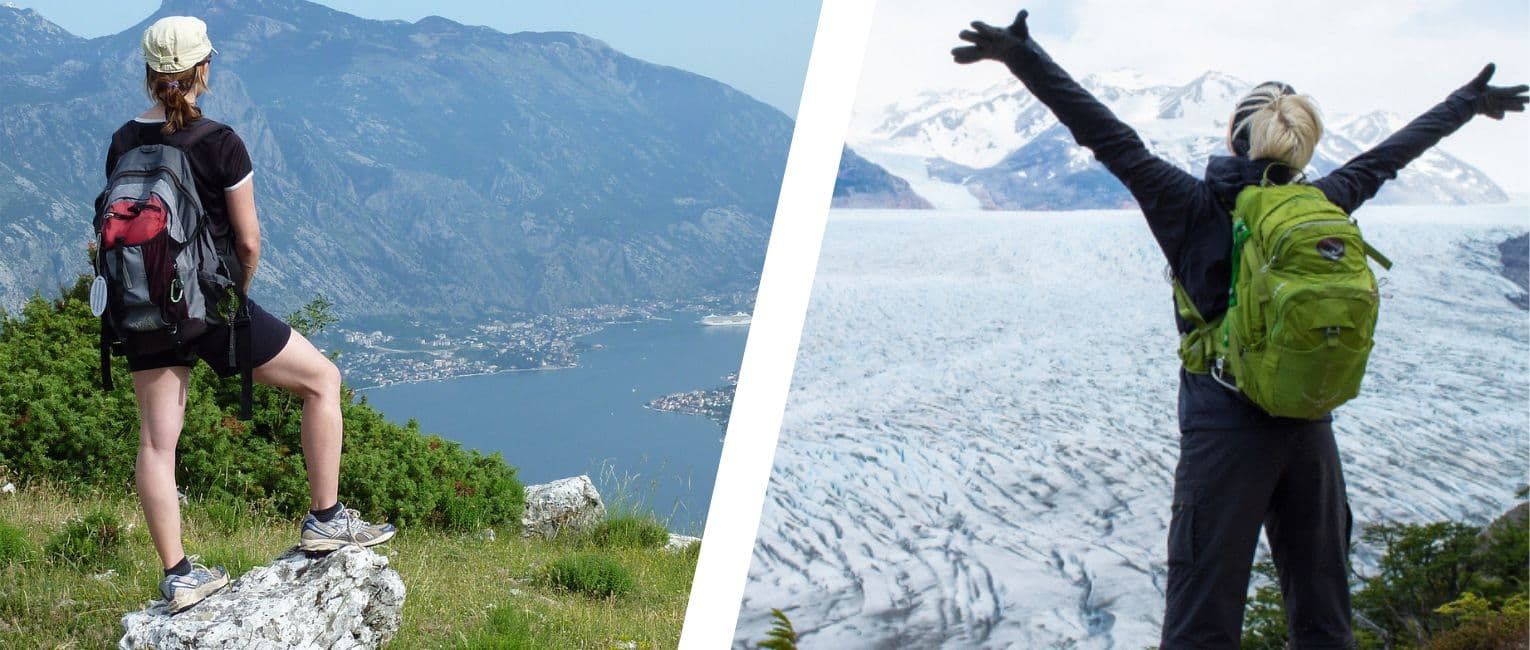
Hiking vs Trekking: What's The Difference?
Hiking and trekking are two activities that are often confused with one another.
While both are outdoor activities that involve walking, there are some key differences between them.
It's a little bit of semantics...but since you’re here, it’s likely that you really want to know the technical difference.
We’ve been in the adventure tour business for 30 years, so we will give you our best interpretation.
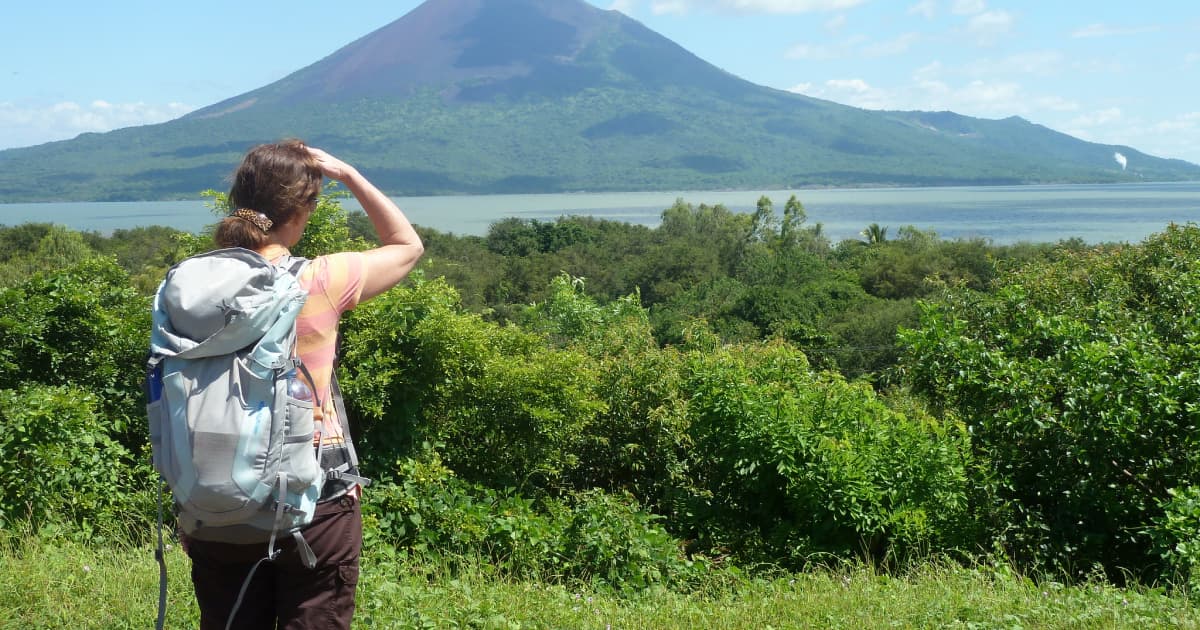
The Difference Between Hiking & Trekking
From dealing with many travelers asking this question over the years, the words hiking and trekking have adopted slightly different variations in meaning.
So, when someone refers to hiking, they usually refer to a casual single-day hike or a multi-day hike. This kind of hike is usually beginner friendly, isn't too strenuous and shouldn't present many difficulties.
Whereas if someone wants to go trekking, they want something a bit more adventurous and demanding. Trekking often means going off trails to take on more challenging terrains and ascents.
Ultimately, both activities involve spending time outdoors and can be enjoyed by people of all fitness levels.
However, trekking is longer and tougher than a typical hike. So a casual hiker may find a trek to be more challenging.
On that note, let’s take a deeper look at hiking vs. trekking.
What Is Hiking?
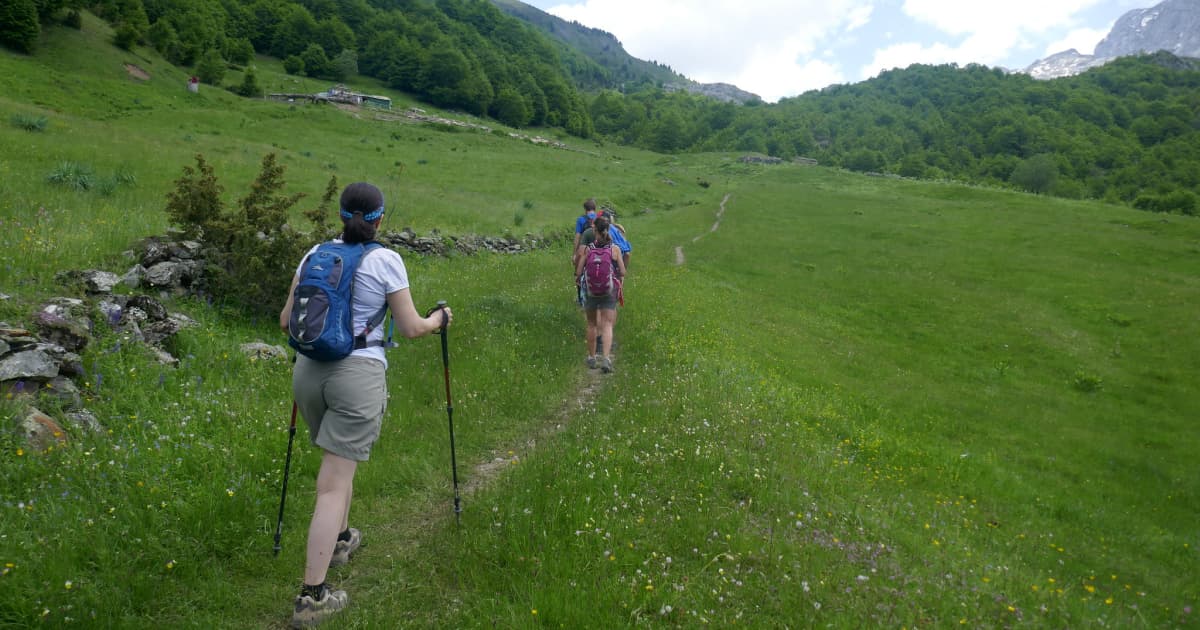
Hiking: A hike simply means walking in natural environments.
If you’re doing that, you’re hiking.
It’s still a broad term that can be used in many different situations. But we'll get more into detail on that later.
When we talk about a hike, we refer more to the shorter scenic trails such as the Vicentina Trail or Torres del Paine.
So, when does a hike become a trek? Let’s look at what exactly defines a trek.
What Is Trekking?
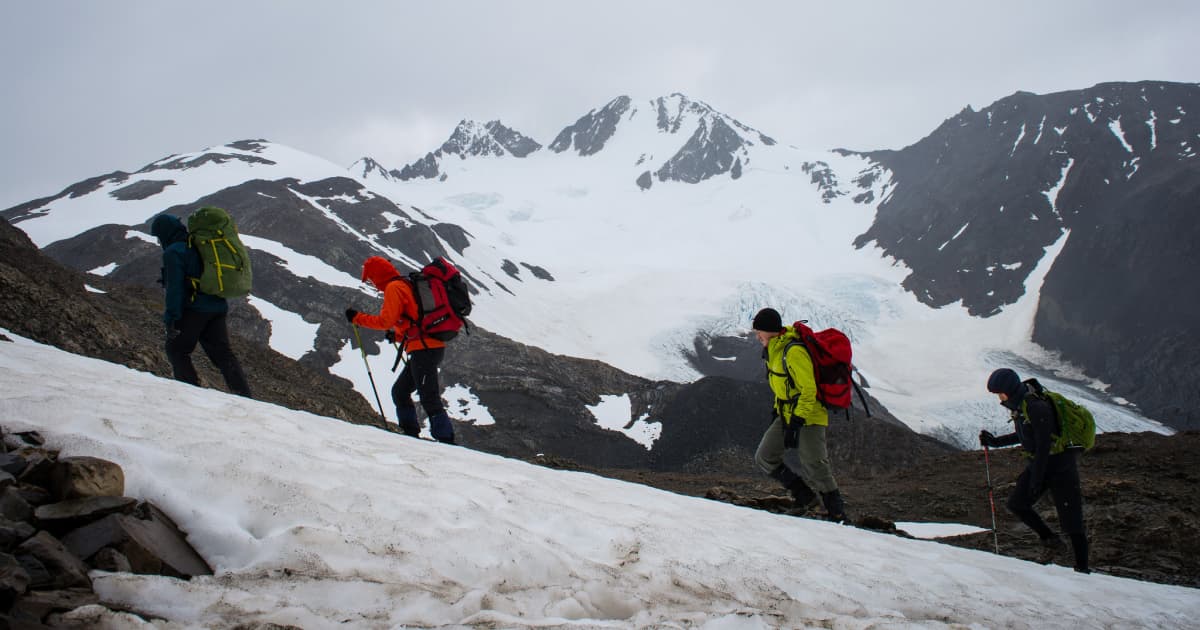
Trekking: A trek involves walking or hiking through rugged terrain.
The word trek actually comes from the Afrikaan word literally meaning “pull, travel.” So that is why it is not spelled "trecking" as we would expect it.
Trekking is more strenuous than hiking and can be done in various ways, from overnight backpacking trips to multi-day hikes.
We look at trekking as a walk through testing terrains, slopes, and ascents, and over a long journey and a longer period, from multiple days to even weeks.
Some of the more popular trekking routes would be the Lares Trek & Inca Trail in Peru, or the W Route in Patagonia.
Distance
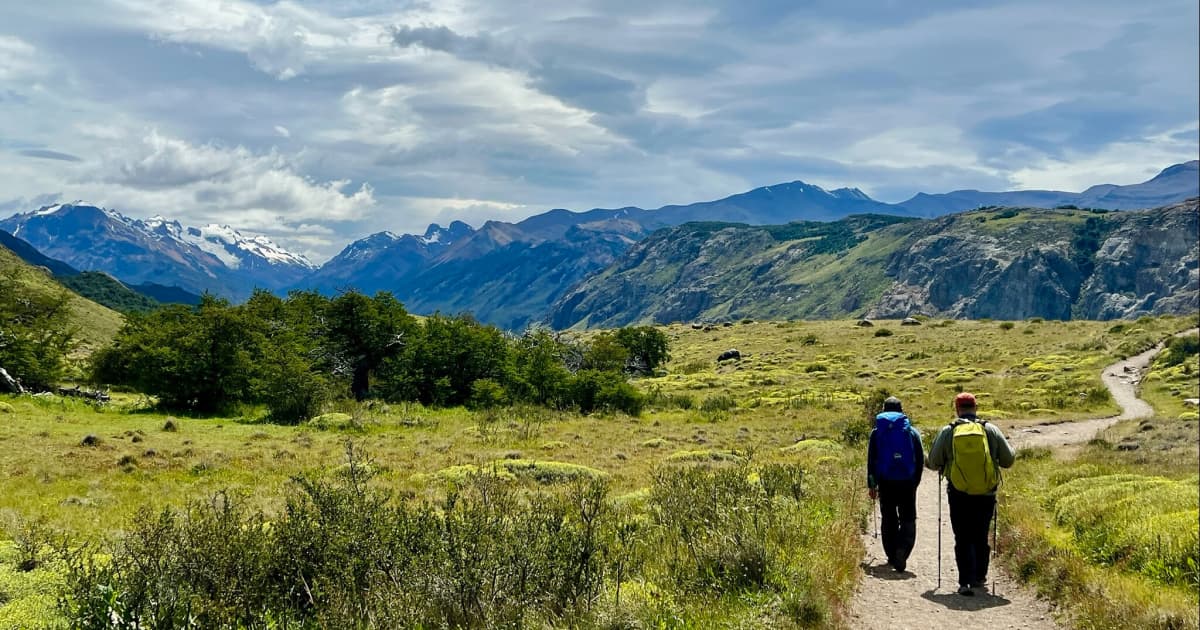
We use distance as a good indicator of a hike vs a trek.
We like to think of hiking as the average amount of walking a person can manage within a day across natural environments, which is generally around 20-30 miles.
Whereas trekking involves traveling long distances over a longer period of time.
Duration
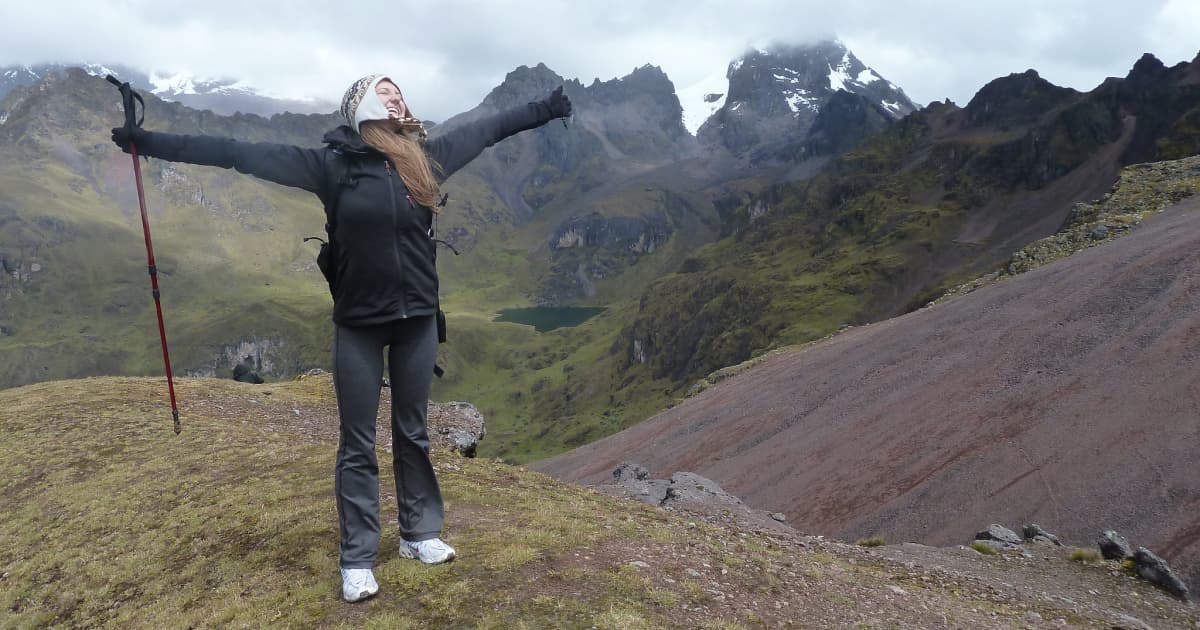
The length of your outing is a key indicator of whether you’re hiking or trekking.
Generally, if you are heading off on a trek, you plan a multi-day adventurous walk.
If you've gone for less time than that, enjoy your hike!
We believe a hike is a shorter walk taken over a few hours or maybe 1 day and into the next if you are feeling particularly adventurous.
A hike becomes a trek when you set out for extended periods, over more difficult terrain, for long distances, and with more at stake.
Terrain
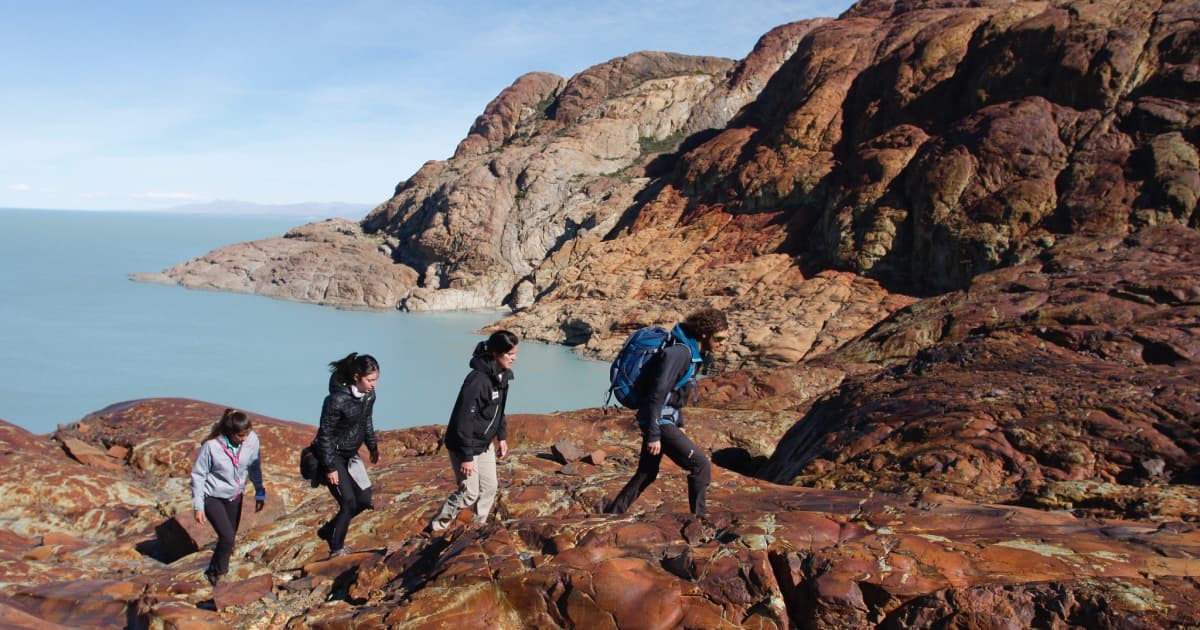
Unlike a hike, most treks take you off the beaten path and into the wilderness, with no specified trails to follow.
A trek can be exhilarating and dangerous, taking you through various difficult terrains and exposing you to harsh weather conditions or challenging environments like rocky terrain or steep slopes & ascents.
You might even have to deal with low oxygen levels across high altitudes.
When trekking, plan and know your limits to avoid a difficult journey and rather plan to enjoy your experience rather than needlessly pushing yourself.
Access
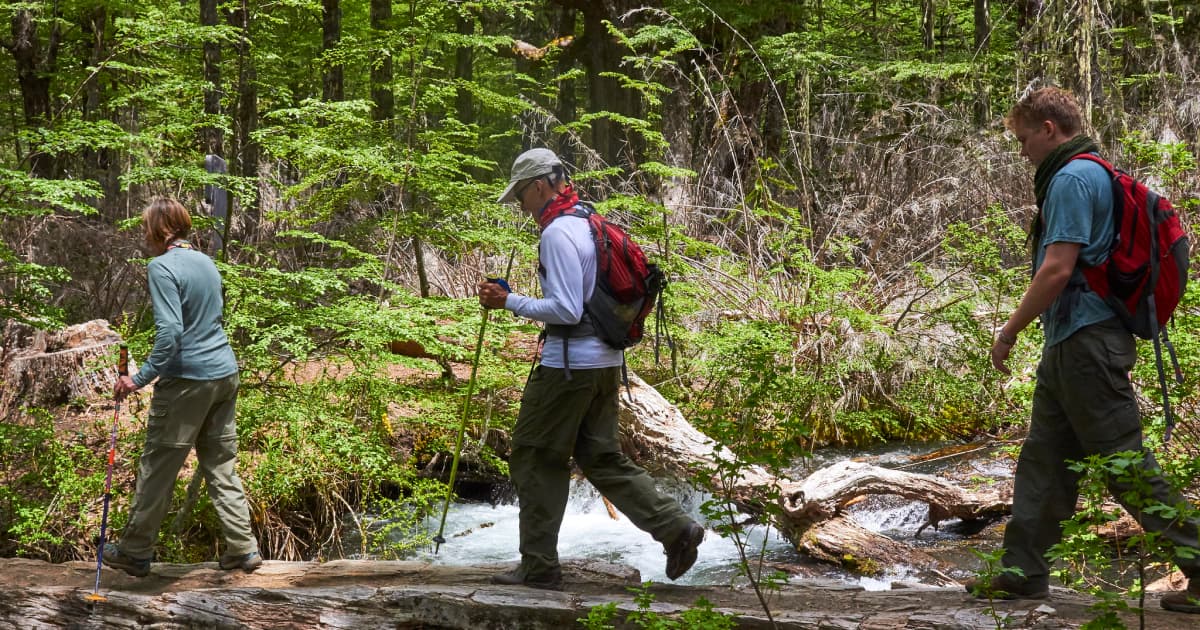
Another indicator of a hike vs. a trek is access to transportation. Hiking trails usually guide people, whereas the more remote your adventure, the more it becomes a trek.
Take trekking Nepal’s Himalayan Mountains, for example. Journeys can last weeks in regions with no road access.
If you are on a hike, typically, you are following a well-trodden path or a marked trail through nature and not planning on losing yourself to the wilderness.
Gear
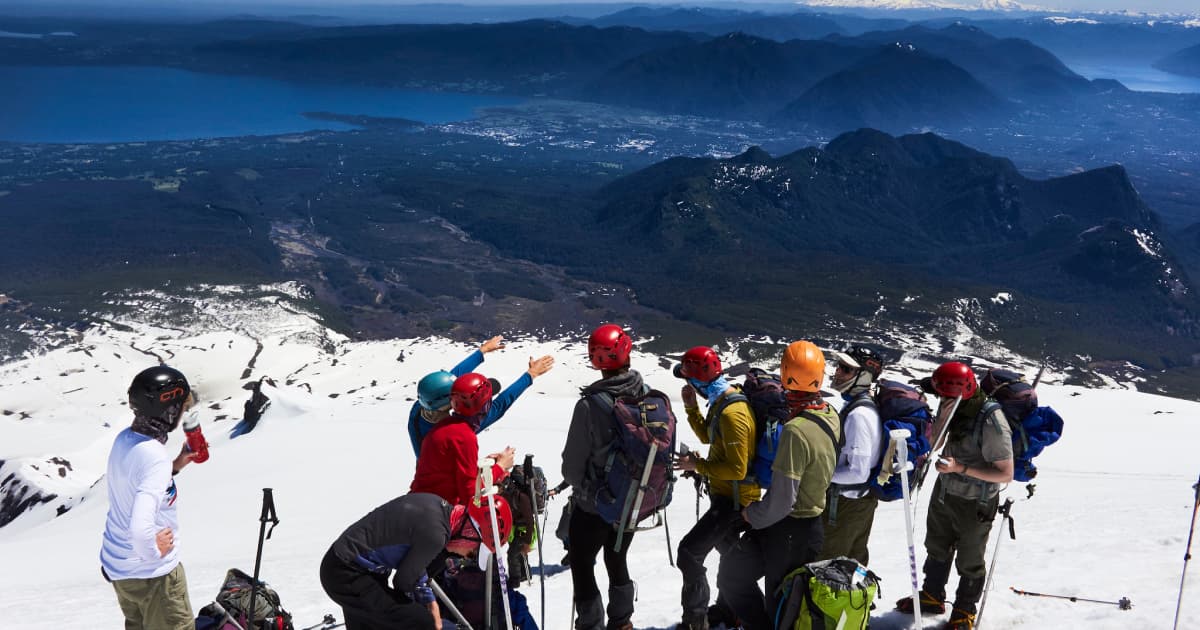
The only significant difference between the equipment needed for hiking and trekking is based on the duration of your hike.
For shorter hikes, you won't need as much gear as you would for a longer trek.
You’ll still need the basics – like good hiking boots or hiking shoes, a backpack, walking poles, and snacks.
But if you're planning to be out on the trail overnight or longer, then you want to plan for a trek.
For a trek, you might need additional gear like a tent, basic survival gear, a first aid kit, and multi-use clothing.
And depending on the length of your adventure and the destinations or terrain you want to cover, it may be wise to pick up the right pair of shoes.
Hiking Shoes vs. Trekking Shoes
Trekking shoes are designed to handle more difficult terrain than your average hiking shoe.
They are usually made with tougher materials, making them more durable and heavier.
If you don't plan on hiking for extended periods of time in harsh conditions, then a classic pair of hiking shoes or boots will serve you better.
Which Is Harder: Hiking Or Trekking?
Trekking can be more challenging and demanding in comparison to hiking.
Trekking often involves tougher walks off the beaten path on more remote routes and for longer distances.
So trekking requires a higher fitness level and experience compared to shorter hikes on established trails, particularly when trekking in mountainous regions or in the wilderness.
Which Is Better: Hiking Or Trekking?
We’ve been in the business so long we don’t want to show favoritism. For us, it comes down to the seasons or the climate.
What better way to spend a multi-day tour than under the stars with a bright sunrise and long days ahead of you?
Spending those nights under the snow is a different question!
A hike is a perfect way to unwind, spend time outdoors, and get close to nature while visiting some amazing destinations with unique experiences you might never have even thought about.
You can also check out our Hiking and Trekking tours and see which trip is best for you.
If you want some inspiration for your next hike or trek, here are some of our personal favorites.
Recommended Hikes
Some of our favorite hikes include:
Peru
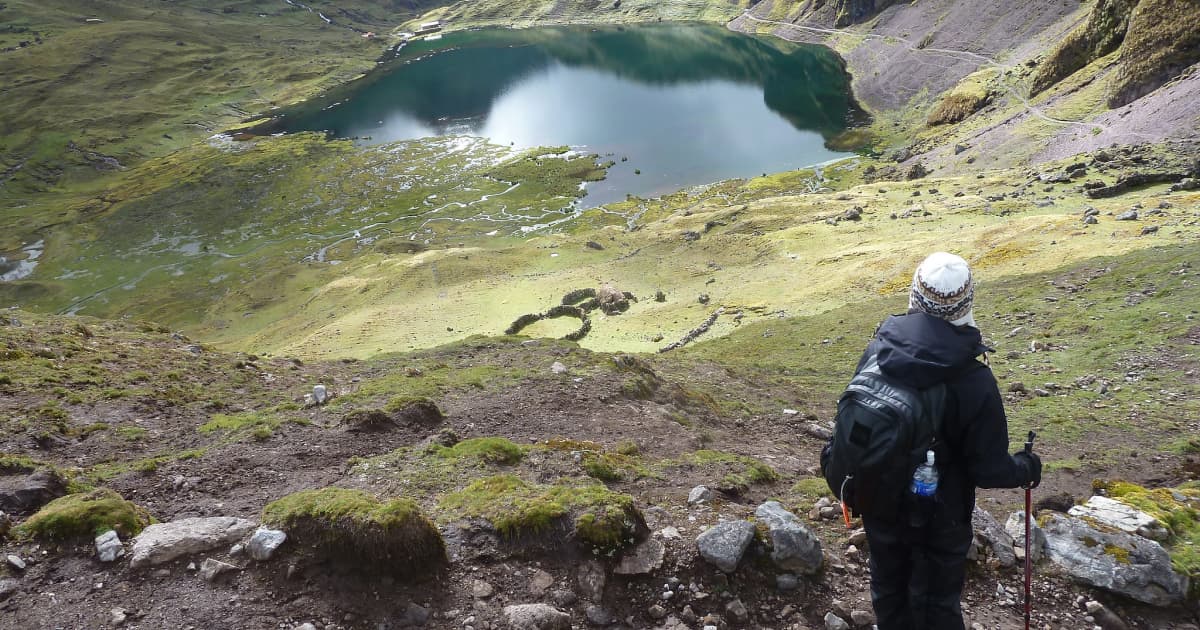
There are several areas worth checking out in Peru for a hiking vacation, such as the Sacred Valley, the Colca Canyon, or the Cordillera Blanca.
In the Sacred Valley, you have the famous Lares Trek & Inca Trail.
The Lares Trail has dramatic scenery with snow-capped mountains and emerald green lakes, with the opportunities to hike through small villages to see how the locals live and get an insight into their culture.
The Colca Canyon, one of the world’s deepest, is a great place to hike and spot Andean condors soaring in the sky overhead.
Here, the landscape is shaped by valleys, steep mountain walls that drop into the canyon below, and terraced agricultural fields.
The Cordillera Blanca, located in the North of the country near the town of Huaraz, is a great place to hike and see glaciers, lakes, and some of the tallest mountains in Peru.
Peru really is truly an experiential hike and one of our favorite locations to stretch our legs.
Romania
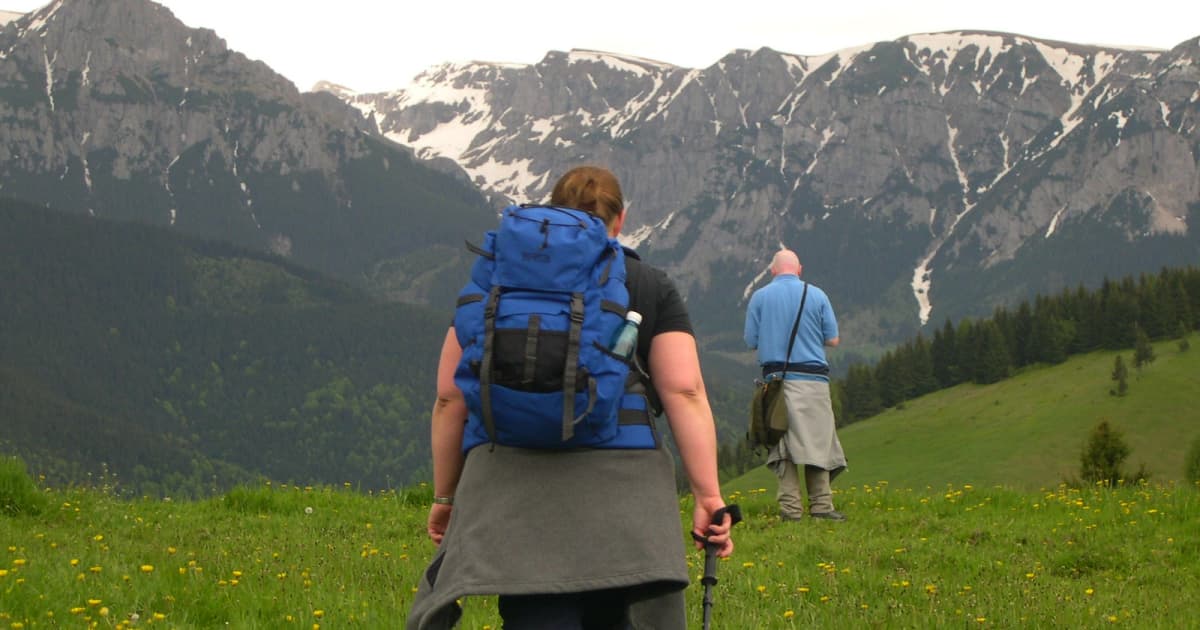
Romania is a country where Western and Byzantine influences meet, shepherds still tend their flocks, and medieval villages retain their character.
A hiking tour of Romania can be a great way to see the country and its many attractions and explore the impressive mountains, forests, lakes & many heritage sites.
And, of course, an opportunity to hike the Carpathian mountains.
Our Transylvania Traverse Hiking Tour is a great opportunity to hike away from the crowds and explore the Carpathian Mountains in a hike that suits all levels.
Morocco
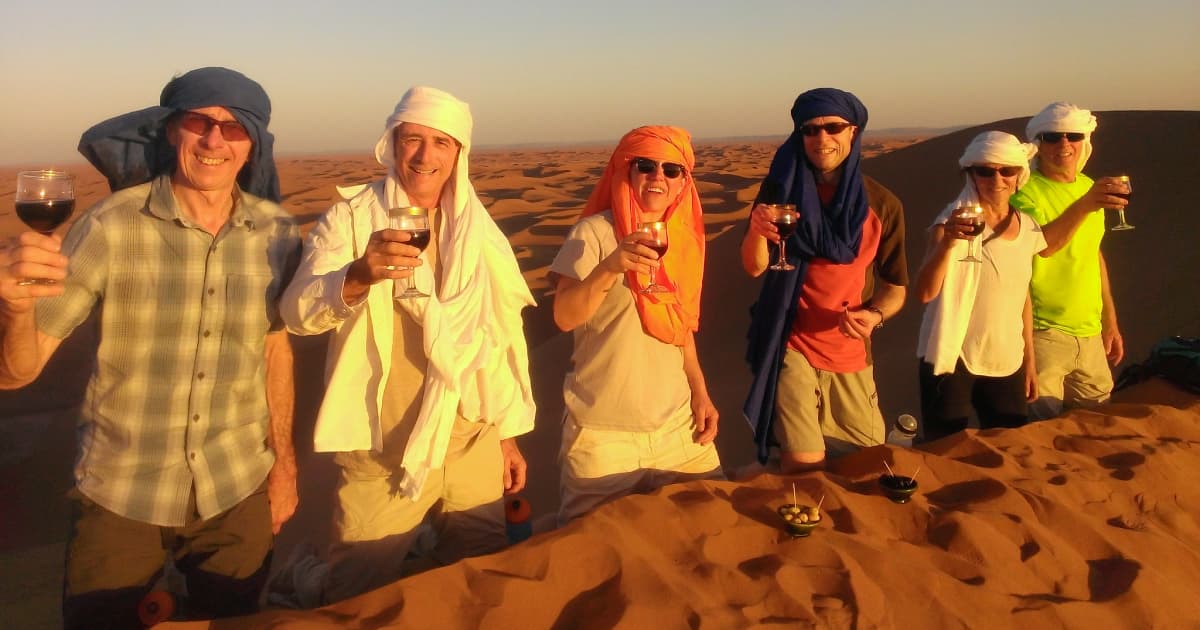
Morocco is the ideal destination for both adventurous hikers and cultural travelers.
One of the most famous hikes here is in the High Atlas Mountains near Marrakech.
This mountain range extends from Morocco to Tunisia, and there is an extensive trail network that traverses snowy mountains, valleys, and small Berber villages.
It feels like stepping back in time and sharing the trail with sheep and goat herders is not uncommon.
Recommended Treks
Here are some of our personal favorite treks here at BikeHike:
Patagonia
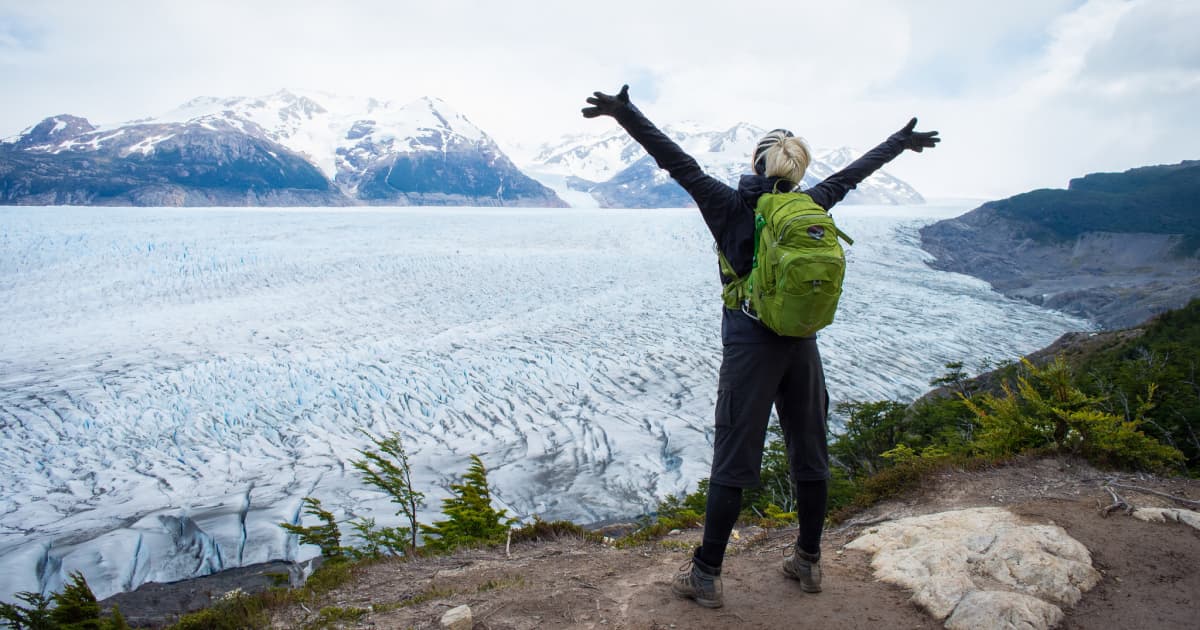
Patagonia is home to some of the world's most famous multi-day treks, including the W Trek and the Full Circuit Trek.
Our Patagonia hiking trip offers a unique experience to explore this hidden gem.
A trekkers paradise exploring among the stunning icebergs that float silently in the dark waters of the fjords; in the winds that blow snowy dust from the mountain tops; in the aqua-blue glaciers that calve into deep, placid lakes; and in the valleys of Torres del Paine National Park surrounded by steep granite faces.
The dramatic scenery will absolutely awe you wherever you choose to trek in Patagonia.
Albania
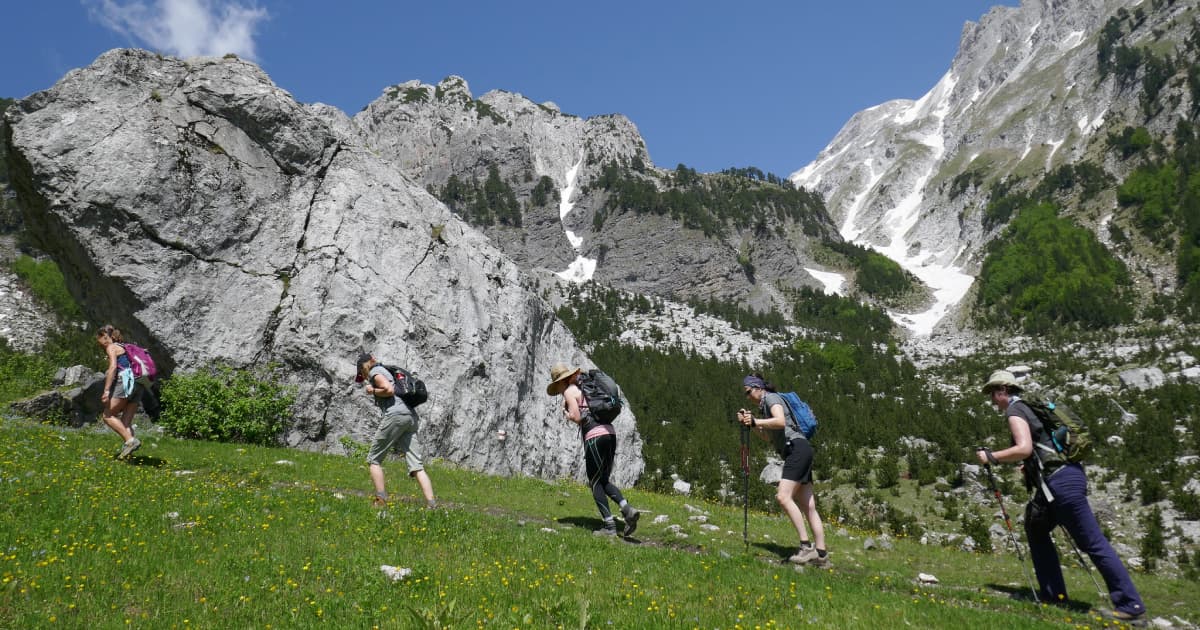
Located in South-Eastern Europe, Albania offers adventure treks filled with lakes, mountains, ancient Roman ruins, medieval monasteries, and beautiful cities.
It is a great destination for those who crave an adventure that is off the beaten path and less visited by tourists, in comparison to other Eastern European countries.
Our favorite trek is in the Albanian Alps (also known as the Accursed Mountains), located in the country's north.
The panoramic views are out of this world!
Hiking & Trekking Tours With BikeHike
Whether you are a hiking aficionado or a trekking enthusiast, we have an array of hiking & trekking trips for all experiences and skill levels.
You can find some inspiration with our full list of trips, or get in touch directly anytime. We are always open to custom hiking & trekking trips!
Happy Travels
Trish Sare
About The Author
 Trish Sare is the owner of BikeHike and a passionate outdoor enthusiast with over 30 years of experience as a world traveler. She's lived, traveled, and guided extensively in North, South and Central America, Europe, Oceania, Africa, and Asia. She has guided and helped to develop every one of our multi-sport holidays. In her spare time, Trish is usually outdoors either mountain biking, hiking, sea kayaking, trail running, or climbing. Trish has a passion for the world and all of the amazing cultures that inhabit it and does her best to immerse herself directly into their distinctive lifestyles.
Trish Sare is the owner of BikeHike and a passionate outdoor enthusiast with over 30 years of experience as a world traveler. She's lived, traveled, and guided extensively in North, South and Central America, Europe, Oceania, Africa, and Asia. She has guided and helped to develop every one of our multi-sport holidays. In her spare time, Trish is usually outdoors either mountain biking, hiking, sea kayaking, trail running, or climbing. Trish has a passion for the world and all of the amazing cultures that inhabit it and does her best to immerse herself directly into their distinctive lifestyles.